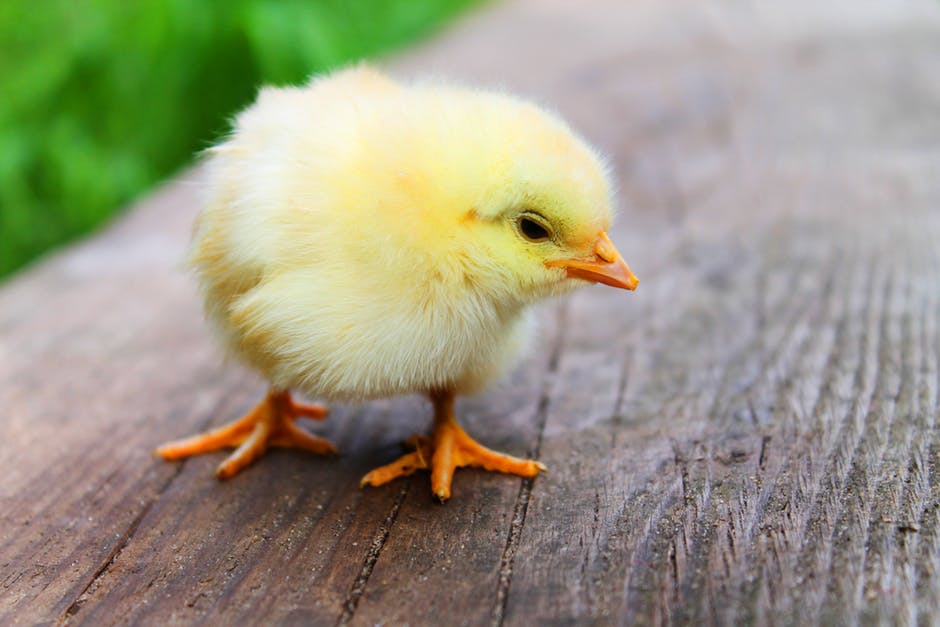
Chickens are the domesticated descendents of the Red Junglefowl, native to Southeast Asia and have been around for perhaps 10,000 years. There are more chickens in the world (24 billion) than any other bird. And there are perhaps 500 different breeds of chickens in the world, such as Plymouth Rock, Leghorn, Rhode Island Red, Silkie, Wyandotte, Jersey Gian, Polish, and so on.
With so many kinds of chickens across the globe, it is not surprising that we find many references to the bird in history and folklore. The chicken is one of the symbols of the Chinese calendar. In Indonesia today the chicken is used to channel out evil spirits during the Hindu cremation ceremony. In European folklore, the cock (male chicken) crowing causes the devil to flee. Chickens tend to flee from perceived danger, as when a person enters a barnyard. Thus “chicken” became a synonym for being easily frightened, as exemplified by the story of Henny Penny/Chicken Little who thought the sky was falling.
When I was a kid, my dad bought six baby chicks for me for Easter. We kept them in the backyard and they did fine for a couple of months. One day I came home from school and noticed the chickens were gone. When my dad came home from work I told him the chickens ran away. He shrugged. Then my mother said “dinner’s on.” I said “what’s for dinner?” She said “chicken.” I said “Oh, good.” Took me a while to figure that out. Chicken is clearly a popular food item. There are about eight billion (billion!) chickens killed each year for food in the U.S. and about 75 billion eggs. That’s a lot of poultry and potential poultry.
Often one hears that chickens are given growth hormones – untrue; hormones have been banned in poultry since the 1950s. You also hear about antibiotics. Yes, they get those but the antibiotics must clear the chickens’ systems before they are slaughtered. And there are no GMO chickens on the commercial market. So they are a good food. And there is no difference in nutritional value between brown and white or any other color egg and fertile eggs are no more nutritious than infertile ones.
Eating eggs and chickens is one thing, but should we be using young birds, chicks, as Easter presents? According to the Center for Disease Control, “Because they are so soft and cute, many people do not realize the potential danger baby chicks and ducklings can be to small children. Young birds often carry harmful bacteria called Salmonella. And, each spring some children become infected with Salmonella after receiving a baby chick or duckling for Easter. Harmful bacteria carried in the chick’s and duckling’s intestine contaminates their environment and the entire surface of the animal. Children can be exposed to the bacteria by simply holding, cuddling, or kissing the birds. Children are most susceptible to infection because they are more likely than others to put their fingers into their mouths and because their immune systems are still developing. Others at increased risk include persons with HIV/AIDS, pregnant women, the elderly and other immunocompromised persons.
Aside from the health issue, baby chicks turn into chickens. Whether roosters or hens, they are big birds and require more space and care. That’s fine if you have the time and space to care for them and if your city and neighborhood allows the keeping of poultry. You can’t keep them in the house because they scratch for food and are not easily housebroken. If you have a rooster or two that crows at five am, you might have neighbor issues as well. But they clearly are the world’s bird.
Pingback: An April Trinity of Haiku’s – Bookstains